


A collection of 60 product experiments that will validate your idea in a matter of days, not months. They are regularly used by product builders at companies like Google, Facebook, Dropbox, and Amazon.
Get your deck!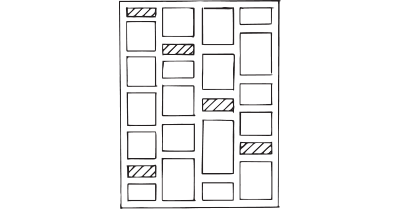
Explain and offer your future service through a classified ad

Survey specific performed behaviors and habits in potential customers

Gauge interest from prospects with whom you have no prior contact

Allow users to place an order for an item which has not yet been released

Personally deliver your service to test product satisfaction

Statistically estimate consumers' psychological trade-offs through surveys

Fundraise for product development or production
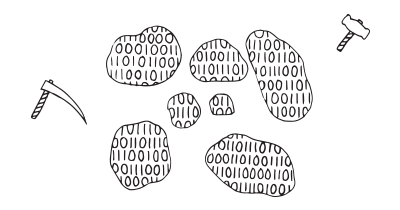
Crunch and combine data to discover trends in market and user behavior

Simulate a 'pay now' experience

Arrange a live event to gauge customer interest

Pretend to provide a product or feature without actually developing it

Design the smallest thing possible that might invalidate your hypothesis

If you cannot find five, your market is too small or too hard to reach

Make the user experience more difficult to use to gauge keen interest
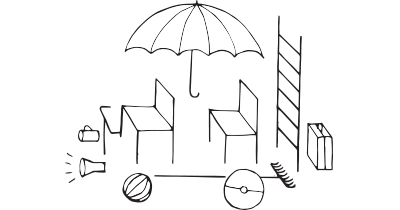
Assemble a product by piecing together third-party products

Create a teaser for your full product experience

Probe demand with a temporary working solution

Sell a physical version before creating its digital equivalent

Ask users how they would feel if they could no longer use a product
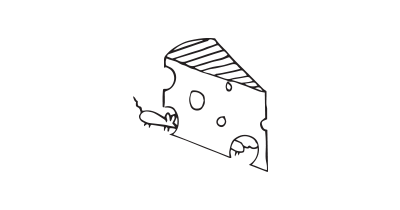
Run a test on a very small sample before launching world-wide

Test several value propositions to see which converts better

Present the sales pitch of your product to a potential customer

A reduced product solving one specific problem for one specific niche

Build one or more one-page sites that advertise your (fictional) product

Analyze trends and habits to validate existing interests

Simulate a working product through a recorded video walkthrough

Use human power to fake automation of complex tasks
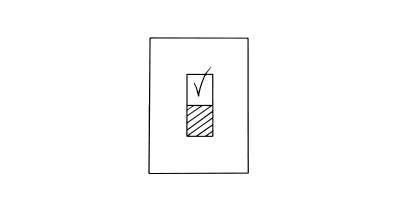
Test the strength of competing solutions

Identify market opportunities and threats

Recruit reference customers as discovery partners

Gather user insights and needs through targeted surveys

Request a meeting to solidify evidence
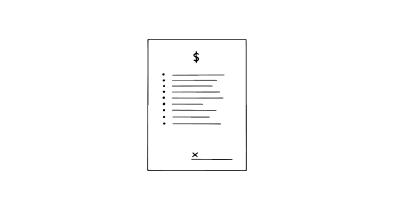
Ask prospects to sign a non-binding contract to pay

Evaluate customer willingness to refer friends

Gauge market demand through your sales team

Monitor social media for trends and opinions

Learn from the UX of others
Don’t build something that nobody wants
Why would you build a product if nobody will buy it when you’re done?
Once you have spoken to users and validated that the problem exists, the next step is explore wehtehr there is a large enough market to justify taking the idea further. Some users might agree that this is a problem worth solving. But are there enough of them to make up a market for your product?
Are there enough users to make up a market for your product?
Where will your users come from, what segment of users are more profitable, and how much revenue might lie in the market opportunity?
When validating market demand, you will need to research and analyzez both existing and sibling market sizes and potential demand for your idea.
By gathering information about the potential market, you will be able to make educated guesses as to the size of your target audience and how many customer you can acquire. One goal might be to establish a baseline as input to your future business plan as well as potential pricing points and models for your product.
A collection of 60 product experiments that will validate your idea in a matter of days, not months. They are regularly used by product builders at companies like Google, Facebook, Dropbox, and Amazon.
Get your deck!